How to make a solder ball?
By:PCBBUY 06/23/2021 10:43
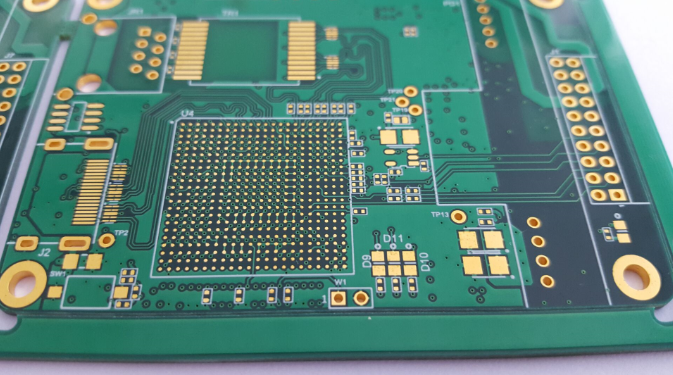
Solder balls are also called a solder bump or solder sphere, due to their geometry. A solder ball is a spherical piece of soldering used to connect chip packages to PCB. Solder balls are created through sequential flow/quench or reflow processes. After passing through these processes, they're then degreased and classified.
You can increase a solder ball's contact reliability by flattening its ball shape into a coin shape. We call such a solder ball a coin solder ball.
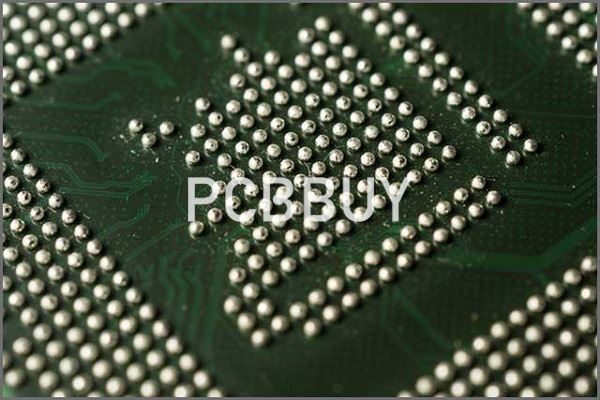
What is Solder Ball Valve?
A solder ball valve can act as a connector between multiple chip stacks in a PCB. It can serve to regulate the flow of electrons and signals between the various layers of the pile. Solder ball valves are usually contained in a Ball Grid Array (BGA). A BGA usually provides more inter-connectivity than a dual in-line or flat package.
How to Solder a Ball Valve?
The method described here revolves around placing solder ball valves on BGA packages through the use of a ball pickup tool. The primary objective is to form an array of solder balls on a substrate. You'll use this substrate to interconnect the conductive sites on other substrates.
To implement this method, you'll need a ball pick up tool. This ball pickup tool uses vacuum suction to pick up solder balls from a fluidized ball reservoir. That implies that you need a solder ball reservoir that contains a collection of premade solder balls.
The reservoir should also come with attachment agents. That also implies that you need at least one vacuum. That also means that you need at least one vacuum source to provide the orifice of the tool with suction power.
The vacuum suction tool has at least one orifice for picking up a premade solder tool. It also comes with a ball seat connected to a vacuum source and a pressure source, controllable. The tool deploys a jet of gas to inject the picked solder balls into the conductive sites of a substrate.
In another arrangement of the technology, the pads of the substrate are placed in a fluidized ball reservoir. The coating is applied with a flux or adhesive that attracts and binds with the solder balls in the pool.
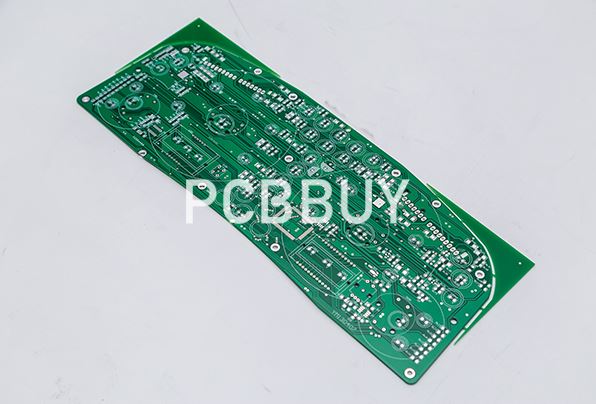
How to Make a Solder Ball?
One of the oldest and widely used solder ball creation methods is the 3-Orifice design. In this method, you start by first acquiring a solid solder alloy, preferably an Sn63Pb37 or a Lead-free solder. Craft the solder alloy into a solder wire or a solder sheet. For a wire, cut the wire into tiny pieces, and for a solder sheet, knock out specks. Cut out pieces and bits in measures that will accurately yield the volume of a solder ball with a 2mm diameter.
Next, place the pieces and specks into a column of hot oil to melt. The upper section of the column of hot crude should have a temperature above the melting point. Moreover, the lower section's temperature should be below the melting point.
You'll obtain your desired solder balls when the pieces and specks in the column of hot oil melt. Next, cool the balls in a viscous liquid. Note that the presence of oxides in the column can distort the spherical shape of the balls. However, you can place a film of flux over the column to prevent this.
This method is highly efficient and low-cost. With this method, you can create up to 7,000 high-quality solder balls per second in any orifice. However, the technique also comes with its downsides. For starters, the technique can be fraught with contamination and turn out messy. Each of the balls will each have a different weight, although you can measure their values. Also, it's nearly impossible to obtain balls with a tolerance of 1.5%.
As noted above, the presence of oxides can distort the shape of the solder ball. One way to prevent the oxidation of the solder balls is through packaging. Not only can packaging prevent the removal of oxygen, but it can also prolong the shelf-life of the solder balls even beyond their expiry date.
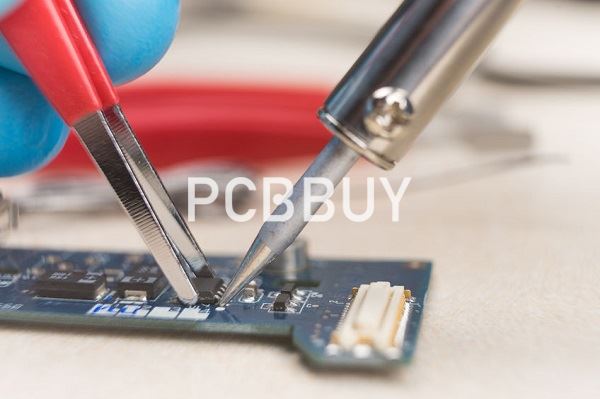
What Causes Solder Balls During Hand Soldering?
Here are some of the causes of solder balls.
Moisture
The presence of moisture in your solder paste can cause solder balls to explode during reflow. Water seeps into the solder paste during refrigeration.
If the paste does not attain room temperature after removing it from the refrigerator, it will soak up the moisture. However, you can eliminate the water by baking.
Circuit board
The board itself can bring about undesired solder balls during hand soldering. Air, moisture, or alcohol used to clean the board can make the board yield unwanted solder balls.
These contaminants can creep in between layers, open vias, and through-holes of a board with cracked or incomplete plating. Moreover, when the board undergoes heating in reflow, these contaminants are forced out. Their abrupt escape shoots gases in all directions and consequentially blows liquid solder across the board. Paste flux gases may also produce this effect when they escape from the sections of the panel close to the surface.
If your board admits contaminants through open edges and vias cracks, and through-holes, there isn't much hope. You'll most likely need to remake the board, as you can't bake the trapped air away. If paste gasses are jetting off from underneath the board, you can resolve this by reducing the amount of paste. You can also fix this by minimizing the amount of volatiles in the paste.
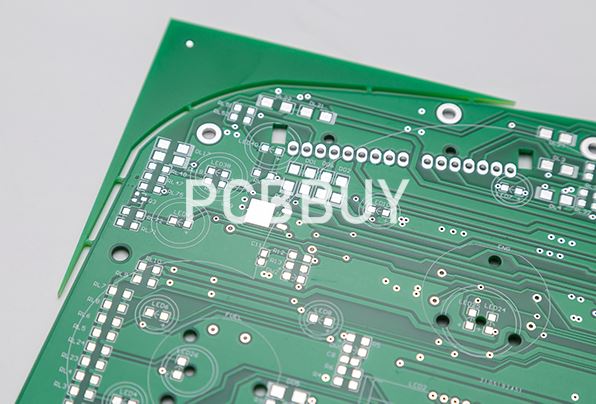
Smeared Stencils
Your stencil might be depositing solder paste discriminately. You need to ensure that the under stencil cleaning process you use is efficient and thorough-going.
It could be that you're using an inappropriate under stencil wiping roll, which is too thick. The improper thickness of the registration can cause the balls to spread across the underside of the stencil. Moreover, when you eventually use the stencil on a PCB, the extra balls get deposited on the board.
Inappropriate Solder Paste Formulation
Poorly formulated solder pastes may explode during heat reflow and blow liquid solders randomly across the board. The volatile materials are usually the most likely causes of the explosion.
In such cases, you can prevent such explosions by reducing the preheat ramp rate. That allows the volatile material to be pushed out without abrupt outgassing. However, you need to ensure that you preheat slow enough.
The Best Troubleshooting Technique For Solder Balls that Occur During Hand Soldering
The best way to find out the causes of solder balls during hand soldering is to test multiple products. The aim is to check to see if the defect occurs in certain types of PCB. Run various boards with the same solder paste and equipment to pinpoint the exact variables from which the fault originated.
Industry Category











